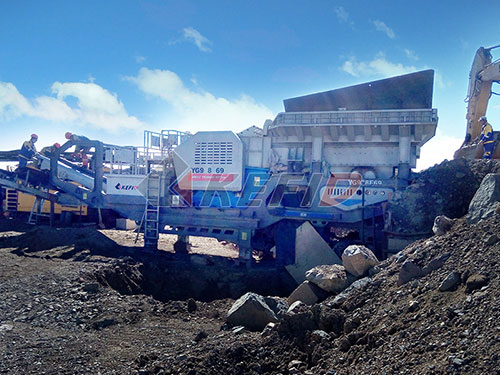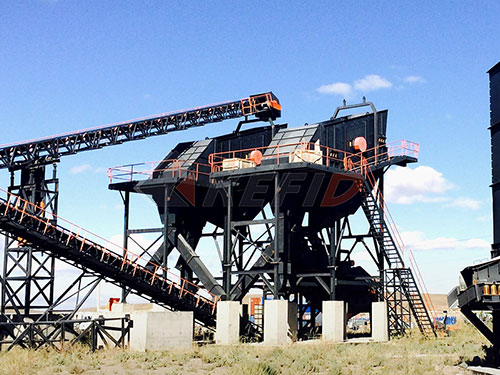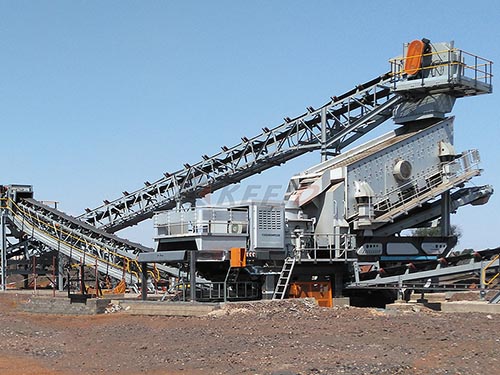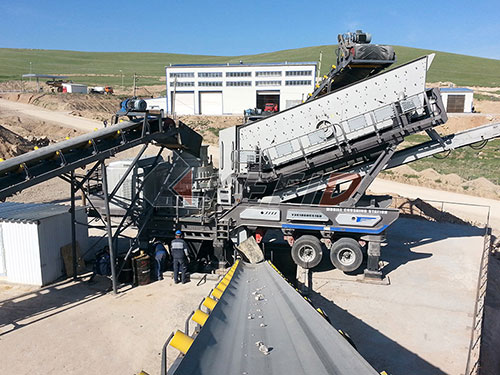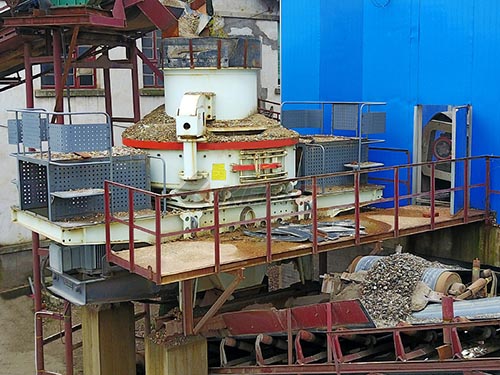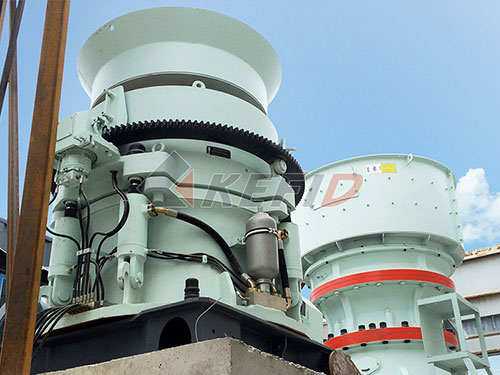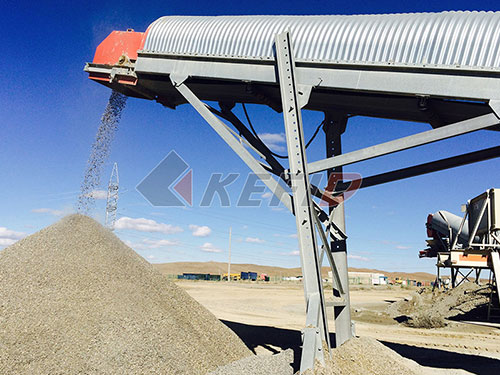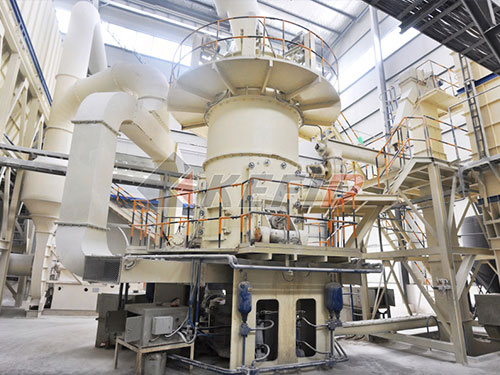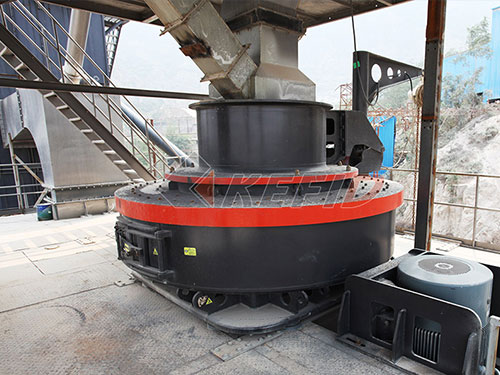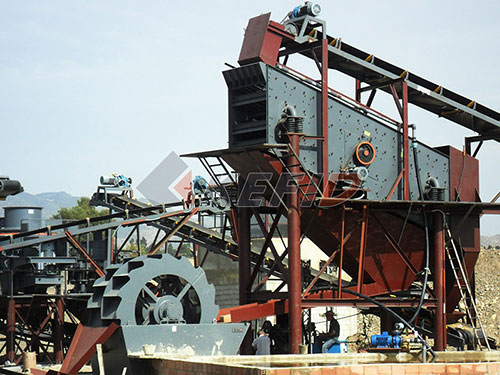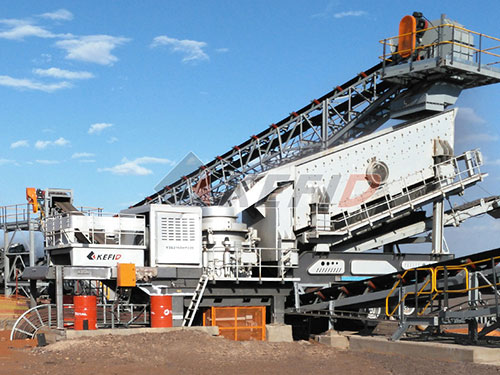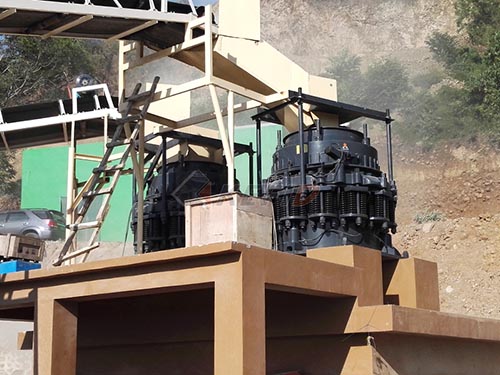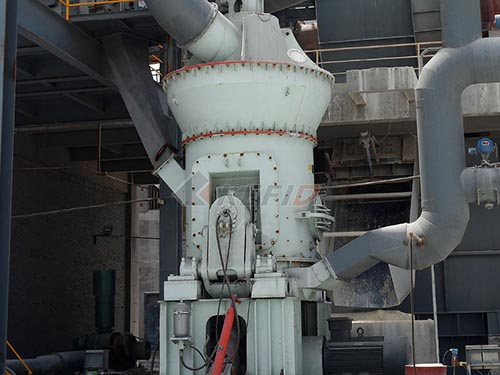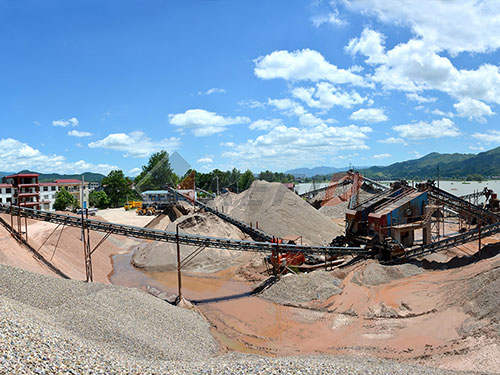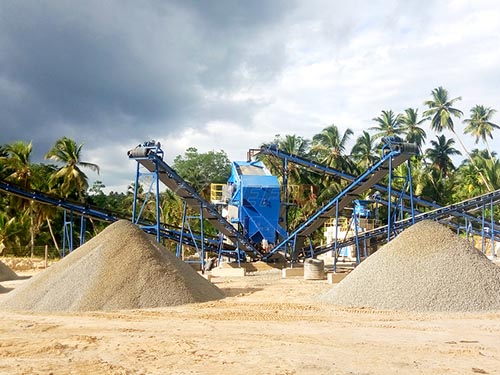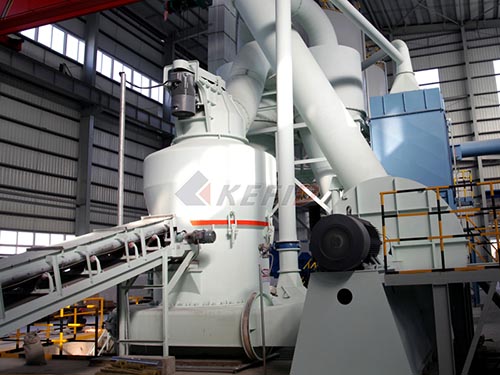
Beyond the Pages: Mastering Protec CS3042 Longevity Through Service Manual & Maintenance Contract Synergy
The relentless pounding of rock, the abrasive dust swirling in the air, the constant demand for consistent aggregate size – this is the daily reality for jaw crushers like the robust Protec CS3042. As a cornerstone of mineral processing, quarrying, and recycling operations, its uptime is directly proportional to productivity and profitability. Yet, this vital machine faces immense stress. Bearings endure colossal loads, jaw plates wear relentlessly against unforgiving material, and hydraulic systems operate under continuous pressure. Maximizing its lifespan and minimizing costly downtime isn’t merely desirable; it’s an operational imperative.
Achieving peak performance and longevity for your Protec CS3042 hinges on two indispensable pillars: a meticulously followed Service Manual and a strategically implemented Maintenance Contract. These are not just documents or agreements; they form the bedrock of proactive asset management. Understanding their individual depth and powerful synergy transforms them from passive references into active tools for operational excellence.
I. The Protec CS3042 Service Manual: Your Technical Compass
The Protec CS3042 Service Manual is far more than a simple collection of instructions; it’s the machine’s DNA decoded. It’s an exhaustive technical repository authored by its creators, detailing every facet necessary for correct operation, comprehensive maintenance, precise troubleshooting, and effective repair.
1. Foundational Knowledge & Safe Operation:
Machine Specifications: Provides critical baseline data – weight dimensions feed opening capacity power requirements discharge settings ensuring operators understand inherent capabilities limitations.
Principles of Operation: Explains kinematics how crushing force generated toggle plate function role hydraulic adjustment system providing context mechanics.
Installation & Commissioning Guidance: Detailed procedures foundations leveling alignment electrical connection initial lubrication pre-start checks ensuring machine begins life correctly reducing premature wear risk.
Comprehensive Safety Protocols: This section paramount covers lockout/tagout (LOTO) procedures confined space entry guarding requirements safe handling heavy components (jaw plates cheek plates) hazard identification specific crushing environment emphasizing non-negotiable safety culture.
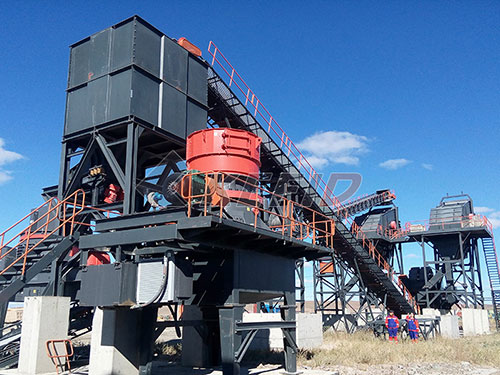
2. Precision Maintenance Procedures: The Heartbeat of Reliability
Lubrication Specifications & Schedules: Exact grease types NLGI grades oil viscosities API/SAE ratings capacities specified bearings (pitman eccentric swing jaw) toggle seats hydraulic system critical locations accompanied detailed diagrams lubrication points frequency schedules (hourly daily weekly monthly) based operating conditions contamination levels

